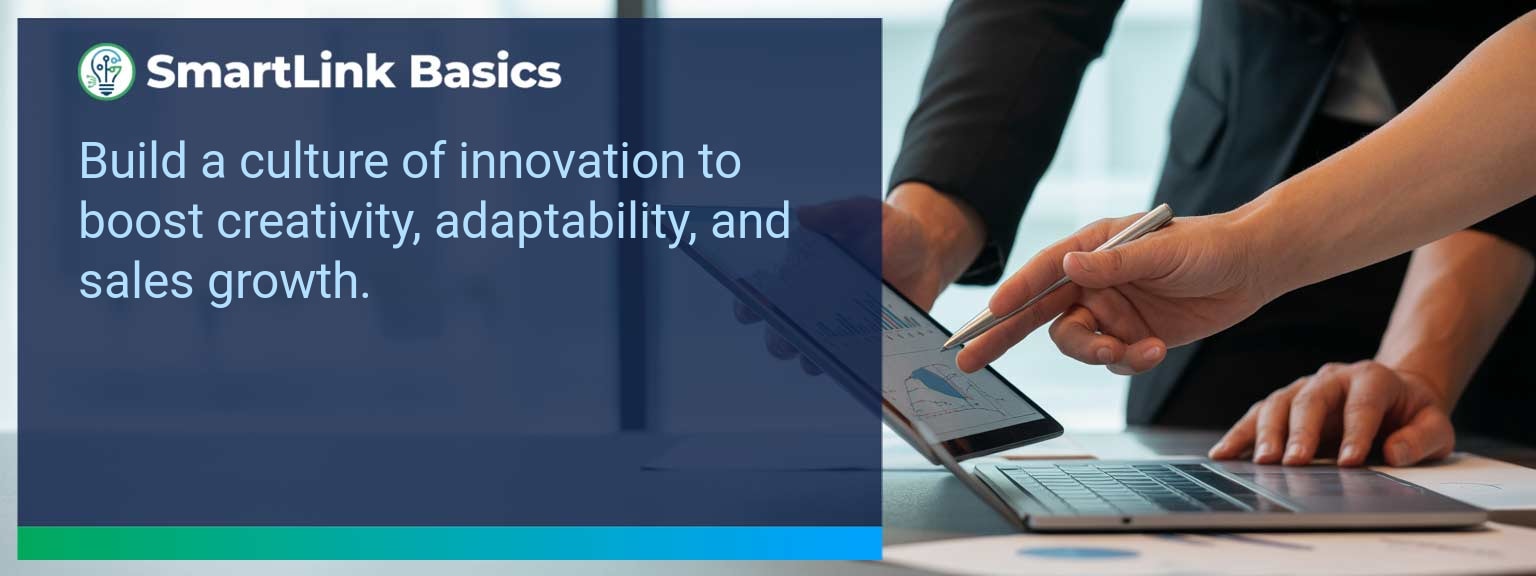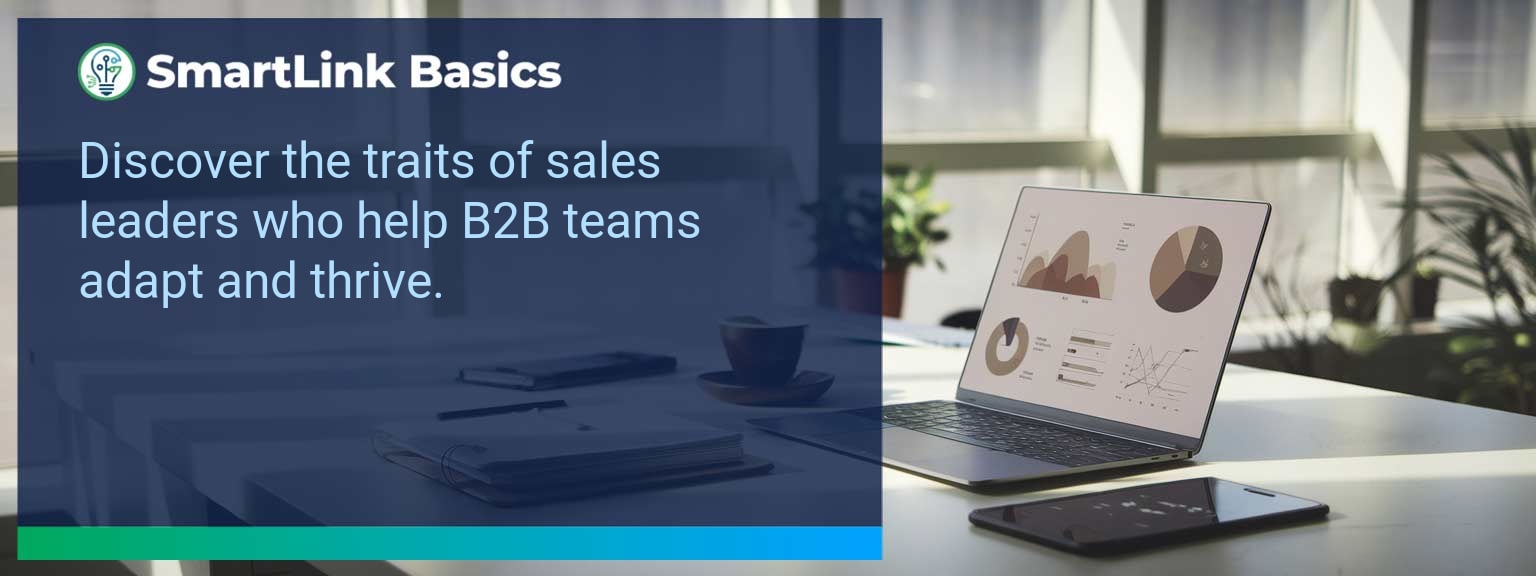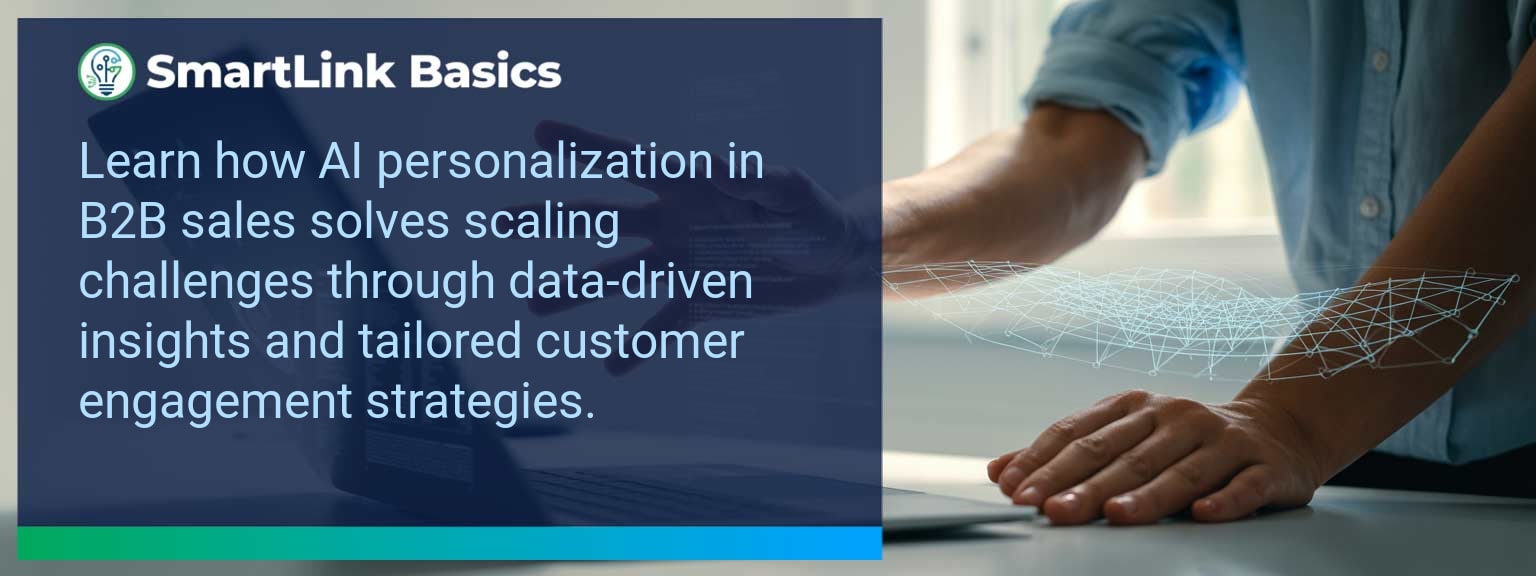Accenture research shows that AI can boost workplace productivity by up to 40% when implemented with the right systems and processes. For sales leaders navigating complex revenue operations, the shift toward AI-driven execution is no longer optional. At SmartLink Basics, we see AI workflow tools emerging as a core advantage for high-performing organizations, enabling precision, speed, and strategic consistency across teams. This article examines how these tools work, why adoption timing matters, and exactly how to measure their impact. You’ll learn how to remove execution bottlenecks, design a streamlined operating system, and ensure your investment in AI delivers measurable returns.
- AI workflow tools automate repetitive, manual tasks to free capacity for higher-value work.
- Integration with CRM, sales engagement, and analytics platforms increases data accuracy.
- Machine learning adapts workflows to improve performance over time.
- Sales leaders can track ROI through efficiency, revenue velocity, and customer engagement.
- Adoption should start with a targeted 90-day pilot in one revenue segment.
Identifying Common Productivity Barriers with AI Workflow Tools
Even experienced teams lose valuable execution time to process friction, duplicate efforts, and fragmented systems. AI workflow tools pinpoint these inefficiencies by mapping actual work patterns against desired outcomes. The significance lies in replacing vague assumptions with hard operational data, making it clear where attention is needed. For example, a sales organization may discover that proposal creation delays are tied to manual data pulls from multiple sources. Automated document generation powered by AI eliminates this bottleneck within weeks. Actionable insight: Before deploying automation, document your current process in detail. Identify tasks with measurable lag time to ensure any AI deployment targets the most significant constraints.Leveraging AI Workflow Tools For Streamlined Processes
AI workflow tools consolidate fragmented activities into integrated, automated sequences. This ensures data moves automatically between systems and tasks without human handoff errors. The outcome is fewer delays, lower administrative burden, and higher execution consistency. Consider pipeline accuracy: By automating deal stage updates, your forecasts instantly reflect the latest activity rather than stale inputs from manual entries. Actionable insight: Select workflow automation software with open APIs. This will allow you to connect sales engagement tools, CRM, and analytics so data flows without disruption—critical for real-time decision-making.Measuring Efficiency Gains And Time Savings
Implementing AI productivity tools without clear metrics makes ROI assessment difficult. Tracking both leading and lagging indicators ensures you see early performance shifts and confirm long-term results. For instance, if your AI task management system reduces average lead follow-up time from 48 to 6 hours, you should also monitor downstream effects such as conversion rate improvements. Actionable insight: Build a metrics dashboard before launch. Assign owners for data review and ensure visibility across leadership so adjustments can be made quickly.| Category | Metric | Definition | Target |
|---|---|---|---|
| Leading | Average Task Completion Time | Mean duration from task assignment to completion | Reduce by 30% |
| Lagging | Revenue Velocity | Time from first contact to deal close | Decrease by 20% |
| Quality | Data Accuracy Rate | Percentage of CRM data without errors or gaps | Achieve 98% accuracy |
The Next Evolution Of AI In Workflow Management
Advances in machine learning automation will allow AI systems to not only execute tasks but also redesign the workflow logic itself. Over time, predictive models will determine where to reassign effort or pivot strategies without waiting for human instructions. One example is an AI workflow platform that recognizes seasonal sales dips and automatically reallocates prospecting resources to higher-yield segments. Actionable insight: Begin experimenting with AI systems that can recommend process changes, not just execute existing ones. This positions your team ahead of competitors that still rely on manual optimization cycles. <Get the 90-day plan, coaching rubric, and dashboard template to operationalize AI in your enablement program.









